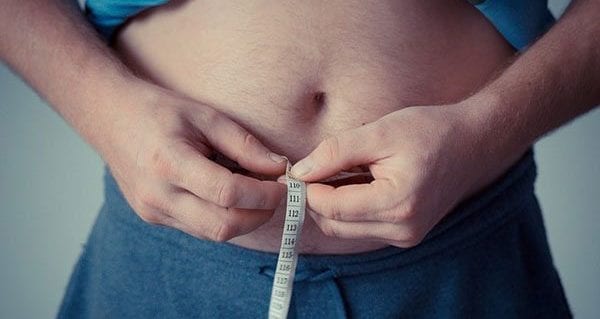 Most people experience occasional periods of dissatisfaction with the look of a certain body part or feature. Although this is discouraging, it is normal – particularly in our culture where we are barraged daily with media images of men and women with ‘perfect’ bodies.
Most people experience occasional periods of dissatisfaction with the look of a certain body part or feature. Although this is discouraging, it is normal – particularly in our culture where we are barraged daily with media images of men and women with ‘perfect’ bodies.
While some self-critique is to be expected, there are instances when this goes beyond the norm and becomes a serious illness. Eating disorders such as anorexia and bulimia are two examples of this and a third, less widely-known example is body dysmorphic disorder (BDD).
BDD involves a much more serious problem than a simple dislike of one’s stomach or thighs or nose. Individuals with this disorder have an extremely distorted, negative view of their appearance that does not coincide with how others perceive them.
Dissatisfaction leads to an abnormal preoccupation with the imagined defect. For example, an individual with BDD may constantly worry about his or her nose being too wide. Even when others assure them the feature is normal or the perceived defect not noticeable, people with this disorder do not hear or believe it.
Unfortunately, the extreme dissatisfaction and preoccupation often results in depression and anxiety as additional problems for individuals with body dysmorphic disorder.
Although the exact cause of BDD is not completely understood, there are genetic elements involved. People with a family history of mood or anxiety disorders are more likely to develop the disorder.
BDD seems to affect men and women in equal numbers and can begin in childhood or early adulthood.
Some symptoms of BDD can include frequent comparison of the perceived defect with the appearance of others or frequent checking of the specific body part in mirrors or avoidance of mirrors altogether.
Camouflaging the perceived defect with clothing, makeup or posture is another common symptom as well as seeking surgery or other medical treatments when doctors have said the flaw is minimal or nonexistent.
Repeatedly seeking reassurance or attempting to convince others about the perceived flaw’s ugliness is another symptom consistent with body dysmorphic disorder. Also, frequent touching, picking or measuring of the disliked body part is common.
Finally, an individual with BDD may avoid social situations in which the perceived defect might be exposed or if he or she may feel anxious and self-conscious around other people due to the disliked body part.
Obviously, having this illness tends to have a very negative effect on the sufferer’s happiness and self esteem. Fortunately though, it is treatable.
Treatment usually involves a combination of cognitive behaviour therapy and the use of antidepressant medication.
Here are a few tips for parents who wish to help their children develop a positive self-image.
Let your child know that it is OK to approach you with problems or concerns. Your child is more likely to come to you if he or she knows that you are ready to listen.
Be sure to be complimentary and not overly critical when it comes to aspects of their being that they can’t do anything about. Even where there is room for self-improvement constant criticism is not healthy or productive.
Be aware of peer influence and the effects of media on your child. Excessive exposure to television and fashion magazines or spending a lot of time with very image-conscious peers can become a problem for some children.
Encourage values that are less superficial or appearance oriented.
Finally, if you suspect your child is developing unhealthy attitudes toward his or her body or image, recognize a need for professional help and speak with your doctor.
Dr. Latimer is president of Okanagan Clinical Trials and a Kelowna psychiatrist.
The views, opinions and positions expressed by columnists and contributors are the author’s alone. They do not inherently or expressly reflect the views, opinions and/or positions of our publication.

